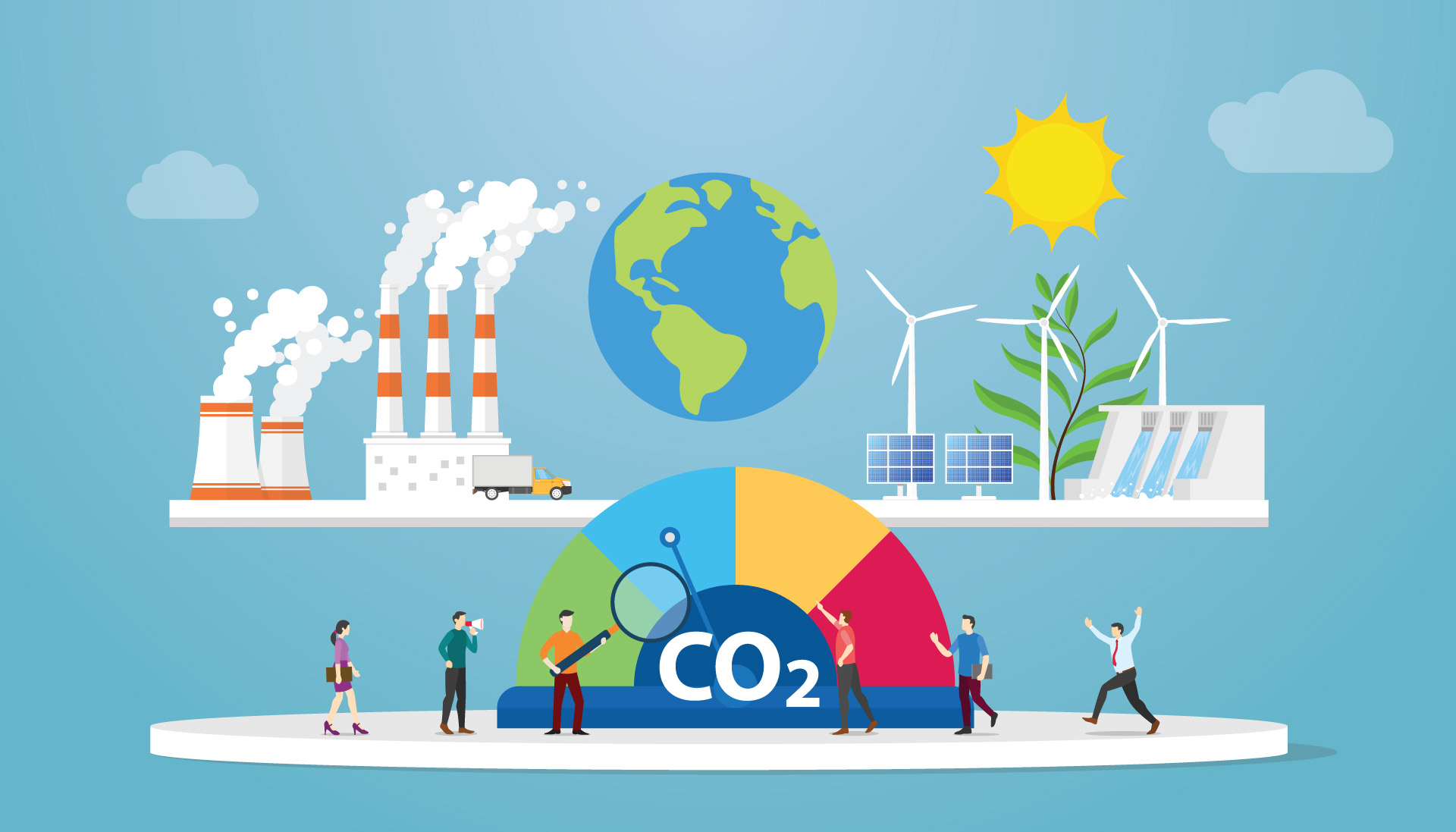When you try to estimate your carbon footprint, you might think of all kinds of things you do (or don’t do) on a fairly regular basis. Eating meat, for example. Driving a car. Hopping on a plane. Buying imported fruit and veg. But did you know that everything you do online also generates CO2 emissions?
This might seem weird at first – but, when you think about it, it actually makes sense. Being online means using electricity. Just over half of the electricity generated in the UK now comes from low-carbon and renewable sources, but there’s still a lot of fossil fuel being burned. So that’s one way you generate emissions when you load a website, watch a video or send an email. Add in the energy used to manufacture and power the device you’re browsing on – whether that’s a laptop, PC or mobile – and all the infrastructure that keeps your device connected to the internet, and you can see that virtual activities have very real consequences for our planet.
So what can I do?
The bad news is that every action you take while online generates some carbon emissions. While small, these really mount up over the course of a day, a week, a month, a year. And the more people use the internet for everyday tasks, like shopping, working and entertainment, the greater its carbon footprint.
For example, a single page view of a website produces an average of 1.76g of CO2. That’s not a huge amount in itself, but it rapidly mounts up as your site attracts more and more page views. And since pulling in visitors is something you actually want your website to do, it’s easy to start despairing about your environmental impact. But there’s good news, too.
Low-carbon websites are a thing!
That average 1.76g we quoted above is just that: an average. There are plenty of ways that you can have an effective, compelling website that doesn’t rack up a huge environmental cost. And here at Soto, we’re working towards making all our websites meet that low-carbon standard.
The more complex your website is, the more energy it consumes and the more emissions it produces. So the first step is to keep your site simple, streamlined and sharp. It’s easy to do without huge, high-res images, embedded videos (on autoplay!) and other fancy bells and whistles. Those take more energy to load, and they can also make the user experience slower and more frustrating.
A low-carbon website is clean and uncluttered, with fewer, lower-quality images and little or no video. If you then choose hosting that uses renewable energy (like Soto’s does!), and a web development partner that offsets all carbon emissions (like Soto does!), then you can even aim to make your website carbon-neutral.
Check out some of the sites showcased at Lowwwcarbon to see just how beautiful an environmentally friendly website can be. And if you want to discover the carbon footprint of your own site, you can use the handy online calculator at websitecarbon.com.
If you want to build a website that doesn’t cost the earth, Soto can help. Just get in touch – we’ll be delighted to hear from you.





